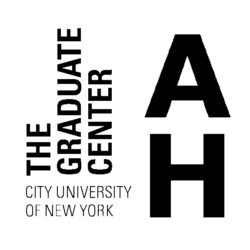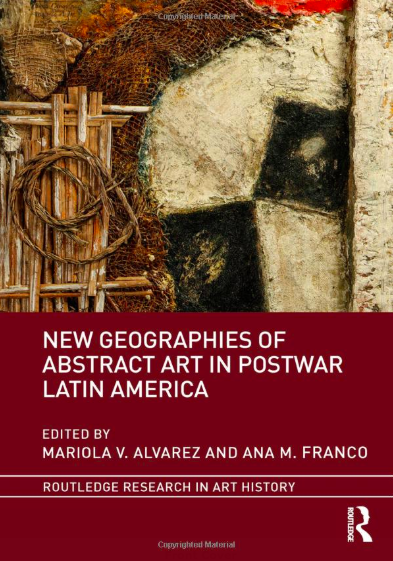Recently published by Routledge, the anthology New Geographies of Abstract Art in Postwar Latin America features contributions from four GC Art History students and alumni!
Appearing in the book are Abigail Lapin Dardashti‘s esasy, “Negotiating Afro-Brazilian Abstraction: Rubem Valentim in Rio, Rome, and Dakar, 1957-1966,” and María-Laura Steverlynck‘s “Public ‘Lifescapes’: Gonzalo Fonseca’s Designs for Life and Play (1964-1969)” Alumni Lauran Bonilla-Merchav and Daniel R. Quiles contributed the essays “Fighting for the Abstract: Manuel de la Cruz González and Geometric Abstraction in Costa Rica” and “From Sacrilegious Black to Chromatic System: The Argentinean Monochrome,” respectively.
Edited by Mariola V. Alvarez and Ana M. Franco, New Geographies of Abstract Art in Postwar Latin America examines the history of abstract art across Latin America after 1945. This form of art grew in popularity across the Americas in the postwar period, often serving to affirm a sense of being modern and the right of Latin America to assume the leading role Europe had played before World War II. Latin American artists practiced gestural and geometric abstraction, though the history of art has favored the latter. Recent scholarship, for instance, has focused on geometric abstraction from Argentina, Brazil, and Venezuela. The book aims to expand the map and consider this phenomenon as it developed in neglected regions such as Central America and the Andes, investigating how this style came to stand in for Latin American contemporary art.
A book launch will take place Saturday, October 27 at the Art Museum of the Americas in Washington DC.




